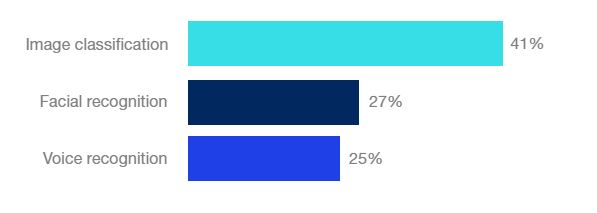- 24 July 2018
- Posted by: Peter Lunio
- Categories: Analytics, Artificial Intelligence, Business Initiative, Innovation, Operating Model, social housing
What is AI?
AI is typically defined as the ability of a machine to perform cognitive functions we associate with human minds, such as perceiving, reasoning, learning, interacting with the environment, problem-solving, and even exercising creativity.
Examples of technologies that enable AI to solve business problems are robotics and autonomous vehicles, computer vision, language, virtual agents, and machine learning.
What is Machine Learning? They are algorithms that detect patterns and learn how to make predictions and recommendations by processing data and experiences, rather than by receiving explicit programming instruction.
The algorithms also adapt in response to new data and experiences to improve efficacy over time.
Machine learning provides predictions and prescriptions
Types of analytics (in order of increasing complexity)

What is Deep Learning?
Deep learning is a type of machine learning that can process a wider range of data resources, requires fewer data preprocessing by humans, and can often produce more accurate results than traditional machinelearning approaches (although it requires a larger amount of data to do so). In deep learning, interconnected layers of software-based calculators known as “neurons” form a neural network. The network can ingest vast amounts of input data and process them through multiple layers that learn increasingly complex features of the data at each layer.The network can then make a determination about the data, learn if its determination is correct, and use what it has learned to make determinations about new data. For example, once it learns what an object looks like, it can recognise the object in a new image.
Deep learning can often outperform traditional methods
% reduction in error rate achieved by deep learning vs traditional methods

Some Typical business uses of AI
| Business Requirement | Algorithm |
| Provide a decision framework for hiring new employees | Decision tree |
| Predict client churn | Linear/quadratic discriminant analysis |
| Create classifiers to filter spam emails | Naive Bayes |
| Predict how many customers an organisation will need to serve in a time period | Support vector machine |
| Predict call volume in call centres for staffing decisions | Random forest |
| Detect fraudulent activity in financial transactions. | AdaBoost |
| Forecast product demand and inventory levels | Gradient-boosting trees |
| Classify customers based on how likely they are to repay a debt | Logistic regression |
Error: Contact form not found.

